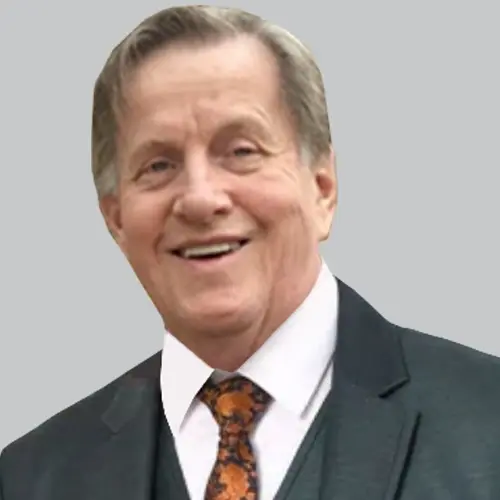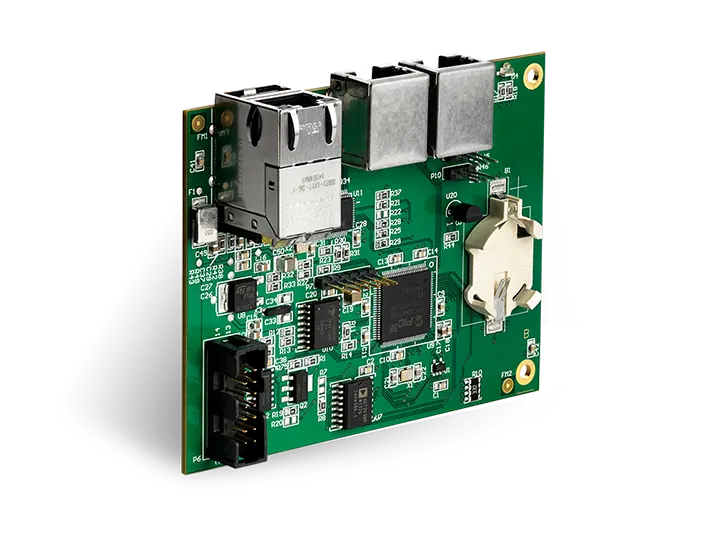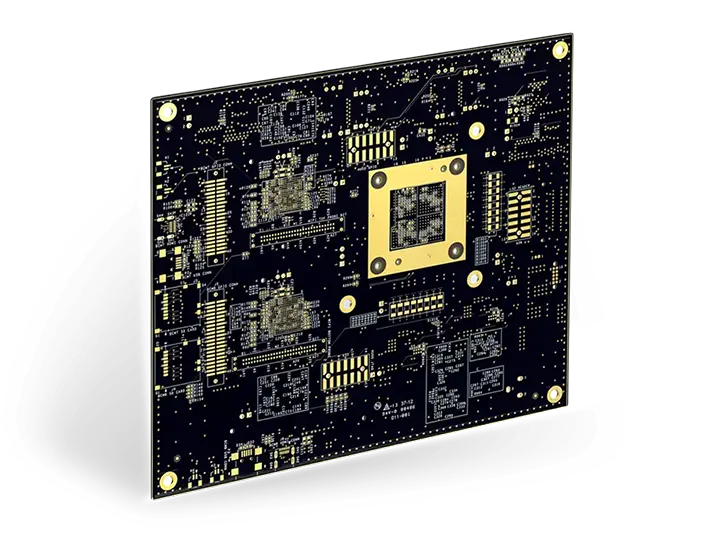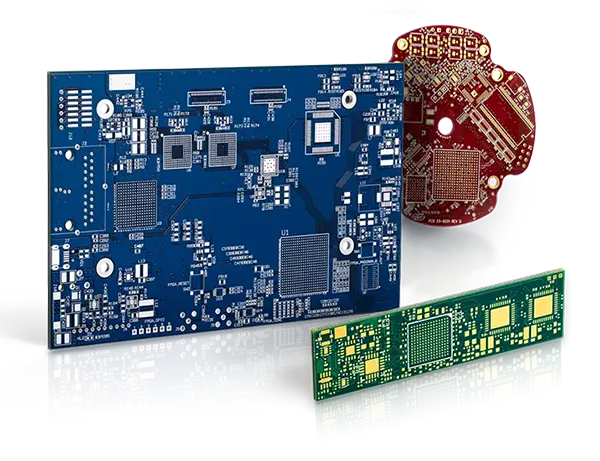RF Series 3/4: Design Considerations and Simulation for RF Components
REGISTER NOW
September 25th, 2025 | 10 AM PT
COST: FREE
-
14
Days
-
17
Hours
-
31
Minutes
-
51
Seconds
Amit Bahl
CRO at Sierra Circuits
Ernie Frohring
Field Application Engineer at EMA Design Automation
This webinar will be hosted on Zoom.
Following this event, you will receive:
-
Slides
-
Recording
Webinar abstract:
Designing radio-frequency circuits is not just about achieving schematic-level accuracy; it demands precise RF component selection and placement. At GHz frequencies, impedance discontinuities and parasitic effects significantly degrade circuit behavior. These factors might introduce noise, crosstalk, or EMI in sensitive RF components like low-noise amplifiers (LNAs) or mixers.
In this webinar, you’ll learn how to address these challenges and implement practical design techniques to meet the stringent demands of RF products.
RF PCB component selection and design considerations
RF active components such as LNAs, mixers, oscillators, and power amplifiers (PAs) require appropriate grounding and isolation. You can use RF chokes to block unwanted noise from supply lines. Since active devices can radiate, add shielding cans or via fences around them to minimize interference.
Moreover, when selecting RF amplifiers, consider their specific purpose. For instance, place LNAs immediately after the antenna, using the shortest possible trace to reduce signal loss. For PAs, implement via-in-pad plated over (VIPPO) technology to connect thermal pads directly to inner copper planes.
REGISTER NOW
Oscillators, which generate stable RF signals, are highly sensitive to external EM noise. To maintain their performance, position oscillators far from switching regulators and noisy digital circuits. You can further enhance stability by adding ground pours around oscillators.
RF passive components behave differently compared to DC or low-frequency designs. You can opt for NP0/C0G ceramic capacitors, as their capacitance remains stable across voltage and temperature variations.
When designing layouts, keep in mind that vias, connectors, and pads of RF components might introduce unintended capacitance and inductance. To mitigate these effects, calculate exact impedance values and insertion/return loss before routing begins. Use coplanar waveguides to connect the connector pads for minimizing common-mode noise.
Join this webinar to understand how to pick your RF PCB components.
Webinar agenda:
- Typical component placement challenges in radio-frequency circuits
- Active RF component considerations
- o Selecting the right RF amplifier
- o Ensuring frequency stability with oscillators
- o Using mixers for frequency conversion
- Passive RF component considerations
- Effects of component parasitics on circuit performance
- Techniques to achieve uniform impedance in RF layouts
- Selecting high-frequency connectors
- Managing heat from power amplifiers: Thermal vias and heatsinks

Amit Bahl, CRO at Sierra Circuits
Amit Bahl, widely recognized as the PCB Guy, currently serves as the Chief Revenue Officer at Sierra Circuits. He earned his Bachelor of Science in Engineering from UCLA in 1997, launching his career in Silicon Valley's tech industry. In 2009, he assumed the role of Director of Sales and Marketing at Sierra Circuits, with a dedicated focus on democratizing design for manufacturing best practices and guidelines for PCB designers and engineers. Within a short span, Amit successfully propelled Sierra Circuits to become a leading educational platform for all aspects of PCBs. Under his leadership, Sierra expanded to offer blogs, design guides, webinars, calculators and design tools, and a vibrant forum, SierraConnect. Amit remains committed to ensuring the community has access to the essential resources, whether they are developing standard products or boards with specifications for medtech or military applications. Assuming the position of Chief Revenue Officer since 2022, Amit's mission persists: to simplify the PCB design journey for all stakeholders. His unwavering dedication continues to drive Sierra Circuits as a trusted resource for the PCB design community.

Ernie Frohring, Field Application Engineer at EMA Design Automation
Ernie began his career in electronic design and instrumentation, specializing in emulators and logic analyzers. Since then, he has leveraged his knowledge of hardware instrumentation to become experienced in the software tools used for electronic design. He has worked with various PCB layout, schematic capture, analog simulation, and signal integrity analysis tools, and is especially interested in the integration of these tools into a design environment. He is currently specializing in RF and Digital simulation, doing presentations, and working one-on-one with customers using the EDA tools from Cadence and EMA Design Automation. He graduated from Massachusetts Institute of Technology with a Bachelor's and Masters degree in Electrical Engineering. His hobbies include chasing Total Solar Eclipses to interesting parts of the world.



